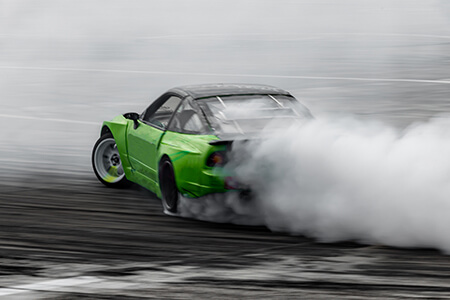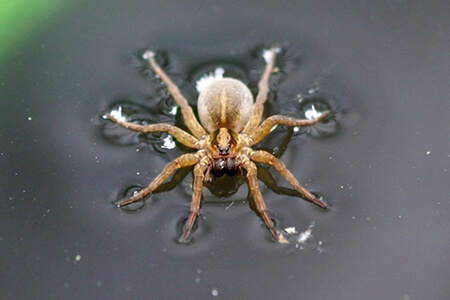This is a lesson summary. The full lesson can be viewed by purchasing an online course subscription.
Learning Objective
In this lesson we will learn about three types of contact forces – friction, buoyancy and surface tension.
Learning Outcomes
By the end of this lesson you will be able to:
- Define ‘friction’ and explain how it relates to the motion of objects.
- Differentiate between kinetic and static friction, with examples.
- Describe methods used to decrease friction.
- Describe methods used to increase friction.
- Define ‘buoyancy’ and explain what determines whether an object will float or not.
- Define ‘surface tension’, with examples.

(Image: Kalyakan, Adobe Stock)
Lesson Summary
- Friction is a force that opposes motion when two objects are in contact with each other.
- Kinetic friction (dynamic friction) is friction that inhibits the motion of moving objects, resulting in a decrease in speed or a decrease in acceleration.
- Kinetic friction involves the loss of kinetic energy, which is transformed into heat and sound.
- Static friction is friction that prevents stationary objects from moving.
- Friction between solids is known as dry friction.
- It includes sliding friction, which occurs when one object slides over another, and rolling friction, which occurs when one object rolls over another.
- Dry friction is caused by the roughness of solid surfaces.
- Friction involving fluids is known as drag.
- Drag involving air is called air resistance.
- Drag through a fluid is affected by the size and shape of an object.
- Drag at a fluid’s surface is affected by factors such as viscosity of the fluid.
- Friction can be reduced by minimising the amount of contact between surfaces and by smoothing out surfaces.
- Wheels, rollers and ball bearings convert sliding friction to rolling friction, thereby reducing the amount of friction between two solid surfaces.
- Lubricants form a fluid layer between two solids, allowing them to slide past each other with less friction.
- Polishing solid surfaces reduces microscopic imperfections, thereby reducing friction.
- Streamlining reduces drag by minimising the disturbance of a medium. It involves rounded, tapering shapes with smooth surfaces.
- Traction is the process whereby friction is used to generate motion.
- Friction can be increased by creating rougher surfaces and by maximising the area of contact.
- Buoyancy is the upward force provided by a fluid, in opposition to gravitational force.
- If an object is less dense than a fluid, it will float in that fluid – buoyancy balances gravitational force.
- If an object is more dense than a fluid, it will sink in that fluid – buoyancy does not balance gravitational force.
- Surface tension is a weak surface barrier created by forces of attraction between particles of a liquid.
- It opposes gravitational force, allowing certain small objects to sit on top of a liquid.

(Image: PxHere)
(Header image: Alex Stemmers, Adobe Stock)
